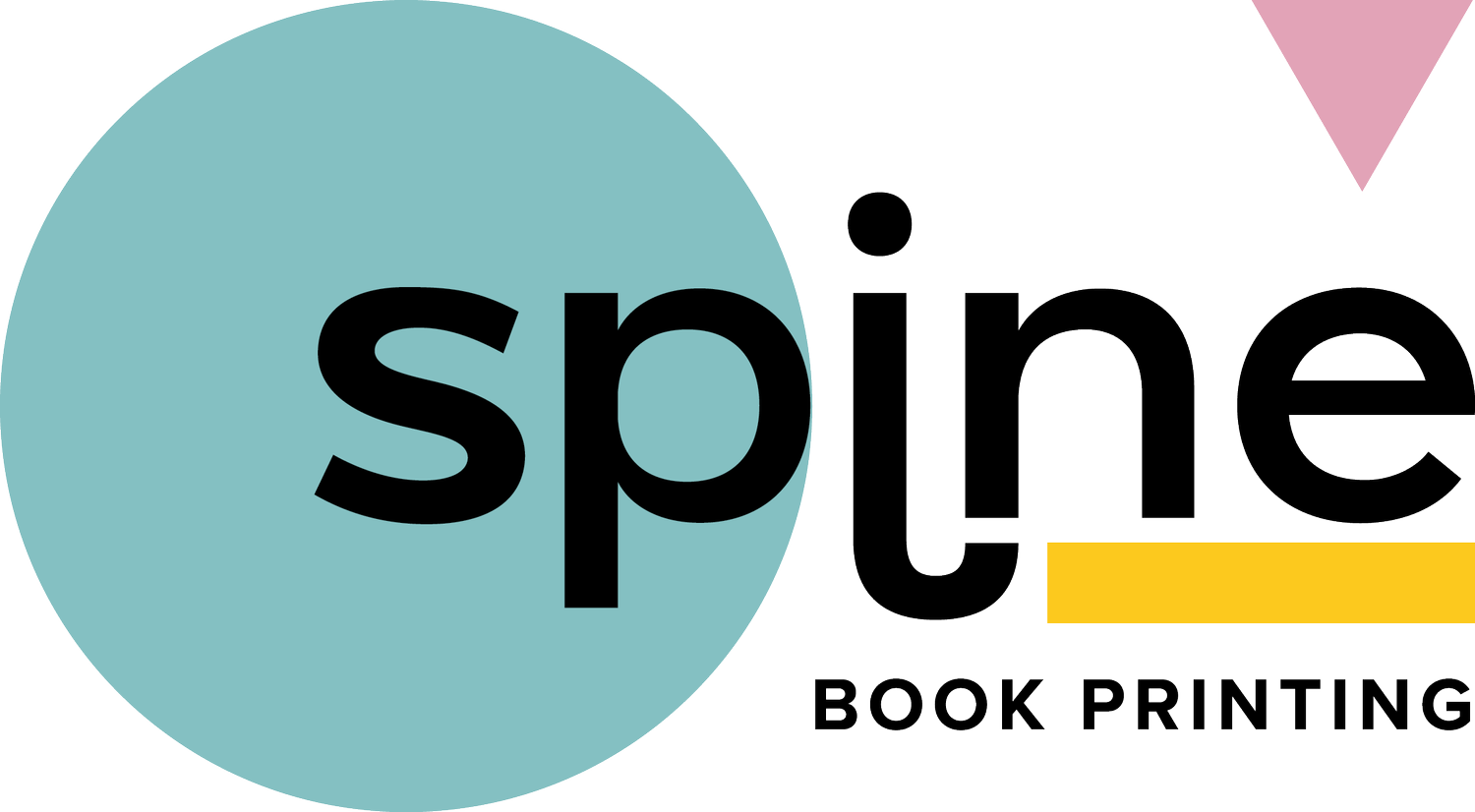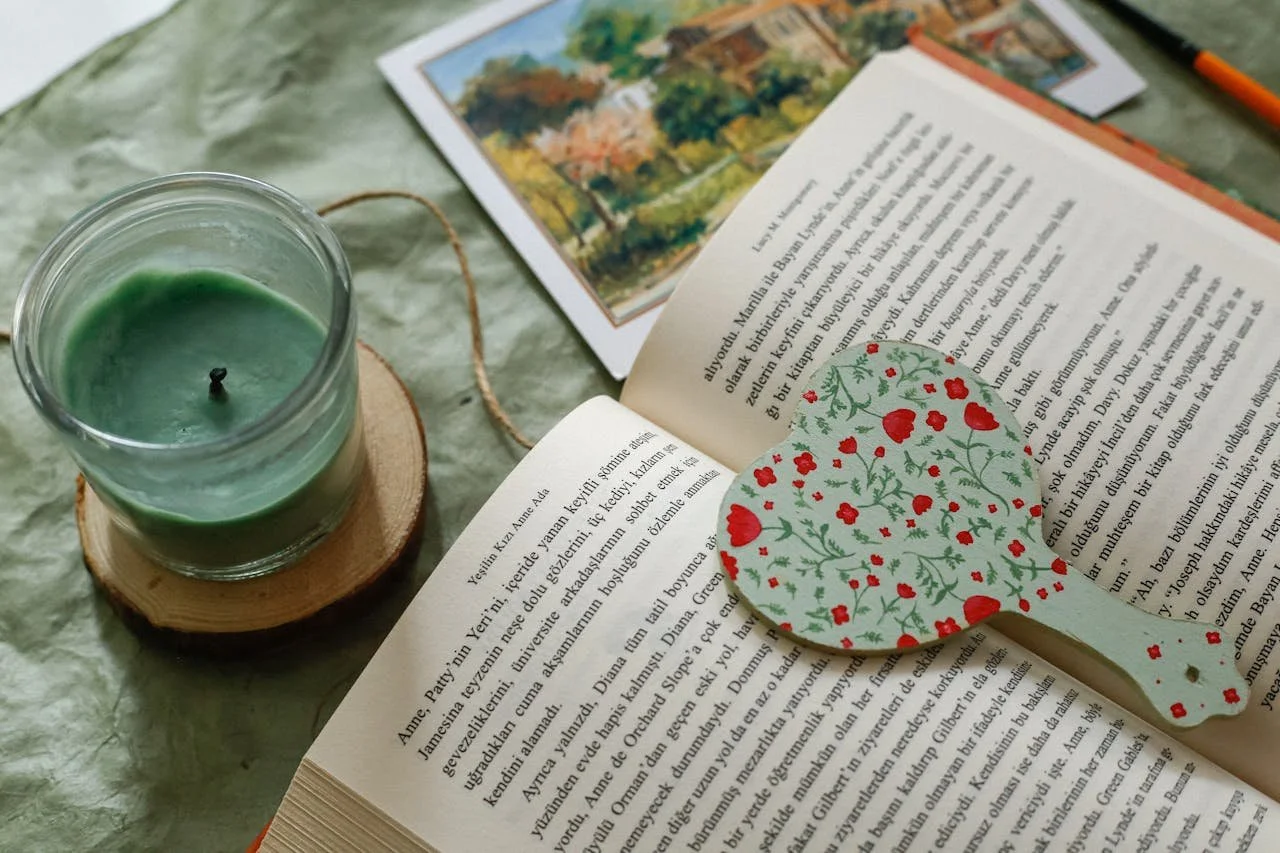Which UK Print Service Features Matter Most
When you're planning to print a book or magazine, the features you choose from a printing service can make a huge difference to the final result. Whether it's a self-published memoir, a classroom workbook or a full-colour art book, the small details add up. Getting those right can be the difference between something that feels rushed and flat, or something you're proud to place in someone’s hands.
UK book printing services aren’t all set up the same way. Some focus on specific finishes, others offer unique formats, but the best ones tend to have a strong mix of quality, customisation and service. Understanding which features matter most helps you steer clear of poor results and wasted money. Here are some of the most important parts to think about when making that choice.
Quality Of Print
High-quality print should be at the heart of every book or printed project. Whether it’s a short print run or a larger order, poor output stands out straight away. Blurry text, uneven colour or warped paper can all spoil a reader’s first impression. That’s why it helps to know what to look for when judging print quality.
Text should come out clean and sharp, without fuzziness or smudging. This is especially important for page-heavy projects like novels or academic books. If even part of your content is hard to read, it can distract and frustrate. Consistency matters too. Pages should be lined up, colours should be even, and there shouldn’t be any odd marks, fading or differences from page to page.
If you’re getting images or illustrations printed, colour quality becomes even more important. You’ll want shades to be spot on and stay true throughout the book. Poorly managed colour will leave images looking dull or off-toned. For anyone creating workbooks, catalogues or visual-heavy projects, that’s a risk worth avoiding.
Another sign of reliable print quality is how the book holds together with use. Are the pages secure? Does the cover wear easily? Something like a school textbook will go through a lot of handling, so both toughness and a neat finish matter a lot.
Print quality can’t be an afterthought. It defines the feel of the final product. An author printing their first book, for instance, will want it to look as close to a professionally published one as possible. If the quality feels off, it can affect how a reader feels about the writing even if the content itself is strong.
Range Of Printing Options
The freedom to choose how your book is printed plays a massive role in how well it suits your goals, both in design and function. People publish books for different reasons, so a one-size-fits-all approach doesn’t always work. That’s why a good range of printing options is worth exploring.
Here are a few common format choices and how they might be used:
- A4 size: Great for visual-heavy content like workbooks or manuals
- A5 size: A popular pick for novellas, guidebooks or journals
- Paperback: Lightweight and flexible, works well for fiction, essays or educational use
- Hardback: More durable and often chosen for photography books, autobiographies or gifts
The size and format you choose should fit both the content and the goal. Printing a children’s learning book in a large, spacious size makes it easier to read and interact with. On the flip side, a collection of poetry might work better as a more compact paperback.
Thinking about purpose also helps clarify what printing specs are best. Do you want something easy to carry? Does it need to be long-lasting? Should it feel premium, or is affordability higher on the list? Knowing these ahead of time can guide your choices and make the final project feel a lot more put-together.
Paper And Cover Choices That Impact The Final Look
Paper and cover choices can shape how your book feels in someone’s hands and how the content comes across. It’s more than just picking between thin or thick sheets of paper. Texture, colour and finish all send subtle messages about the book’s tone and purpose.
If you’re printing an illustrated storybook or a magazine filled with photographs, the finish of your inner pages really counts. A silk paper with a bit of sheen helps colour appear deeper and crisper. That kind of surface works especially well for visual-heavy content. On the other hand, uncoated paper is better for minimalist designs or anything with mostly text. It feels smoother, absorbs ink evenly and tends to give off a more refined or traditional vibe.
The cover makes the very first impression. Deciding between a matt or gloss lamination can affect how your book is perceived. Gloss gives the cover a shiny, polished look and often suits more modern or eye-catching designs. Matt feels softer to the touch and has a natural, subdued finish that many find more premium. It’s also less prone to fingerprints and can reduce glare under lighting.
There’s no one best combination. It comes down to your project goals. One author might go for matt lamination on a black and white poetry collection printed on uncoated paper to maintain a calm, intimate tone. Someone else producing an event magazine full of bright photos might lean toward gloss lamination and silk paper for maximum colour contrast. Picking the right blend can pull the whole project together.
Why Customer Support Makes A Big Difference
Choosing print services should always go hand-in-hand with how much support you're offered. It’s not just about machines and materials. A book project, especially a personal or professional one, can be stressful when it’s hard to get reliable answers or guidance.
Good support gives you confidence at each step. Whether you’ve got a technical question, a design concern or timing worries, helpful communication makes all the difference. You shouldn’t feel like you’re being passed around or left guessing. Expect a service that genuinely wants to get your project across the finish line, not just process an order.
If you're printing a book for the first time, you'll want to feel guided rather than lost in jargon. For example, a customer might submit pages formatted for one size, then realise it doesn’t quite fit the chosen trim. A helpful team can flag that early, explain the issue clearly and suggest a way forward before anything hits the press.
When looking at support quality, consider these questions:
- Do they respond to messages within a reasonable timeframe?
- Are they clear and respectful in how they explain things?
- Do they offer advice rather than just take your order?
- Is it easy to get hold of someone if something goes wrong?
- Can they talk you through paper, size or format choices?
Support isn't always marketed as a big selling point, but during the process, it feels like one. Whether it's a short story collection or a school workbook, knowing you’re not tackling it alone can help you finish strong.
Making the Best Print Choices for Your Work
When it comes to choosing UK print services, the finer details can make or break your results. Well-printed books feel more enjoyable to hold and read. Flexible format options allow your book to suit your message instead of trying to fit a preset frame. The right mix of paper and cover helps create the tone visually while holding everything together. And good support guides you through every unexpected detail that might come up.
The clearer your goals are, the smoother your print process tends to be. Whether you're creating a one-off memoir, launching a series or producing training material, it pays to think through which features actually suit your project. From binding to finish, each decision shapes how your work is presented and received.
With all these considerations in mind, your next step in getting that perfect print could be exploring the different options offered through UK book printing services. Start by checking out how you can bring your vision to life with authentic materials and professional quality at Spine Book Printing. Discover what fits your project best and see how easy it is to turn your idea into a tangible reality.

